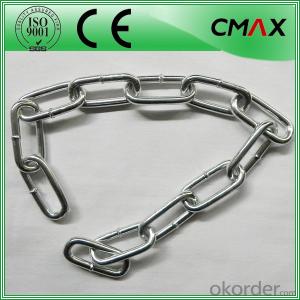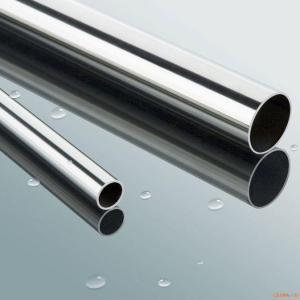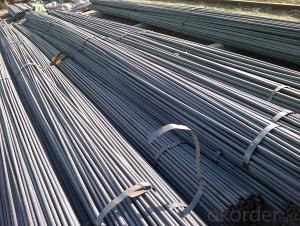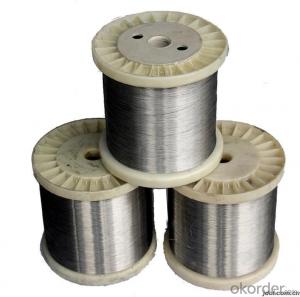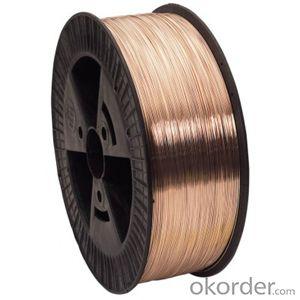Stainless Steel Rod 3/16
Stainless Steel Rod 3/16 Related Searches
3 16 Stainless Steel Rod 3/16 Stainless Steel 3/8 Stainless Steel Rod 3 16 Stainless Steel 3/16 Stainless Steel Brake Line 316 Stainless Steel Rod 1/4 Stainless Steel Rod 3 8 Stainless Steel Rod Stainless Steel 1/2 Rod Stainless Steel Rods Stainless Steel 1/8 Rod 1/8 Stainless Steel Rod Stainless Steel Rod 1 4 1 2 Stainless Steel Rod 1 4 Stainless Steel Rod 3 16 Stainless Steel Brake Line 3cr13 Stainless Steel 3/16 Aluminum Plate 3in Stainless Steel Pipe 3 Inch Stainless Steel Pipe 3/16 Thick Aluminum Plate Stainless Steel Guide Rod Aluminum 3/16 Plate Stainless Steel Brazing Rod Stainless Steel Tig Rod 3/4 In Stainless Steel Pipe 3/16 Inch Aluminum Plate 3 Stainless Steel Pipe 3 4 Stainless Steel Pipe 3/8 In Stainless Steel TubingStainless Steel Rod 3/16 Supplier & Manufacturer from China
Stainless Steel Rod 3/16, a versatile and durable product, is widely recognized for its corrosion resistance and strength. This product is made from high-quality stainless steel, ensuring that it can withstand various environmental conditions and maintain its integrity over time. It is available in various sizes and specifications, making it suitable for a wide range of applications.The Stainless Steel Rod 3/16 is commonly used in construction, automotive, aerospace, and marine industries due to its exceptional performance and longevity. It is ideal for applications that require high strength, such as structural components, fasteners, and mechanical parts. Additionally, its non-magnetic properties make it a popular choice for use in electronic devices and instruments that require precision and accuracy.
Okorder.com is a leading wholesale supplier of Stainless Steel Rod 3/16, offering a vast inventory to cater to the needs of various industries. With a commitment to quality and customer satisfaction, Okorder.com ensures that each order is delivered promptly and meets the highest standards. By partnering with Okorder.com, customers can benefit from competitive prices, reliable service, and a wide selection of Stainless Steel Rod 3/16 products to choose from.
Hot Products






